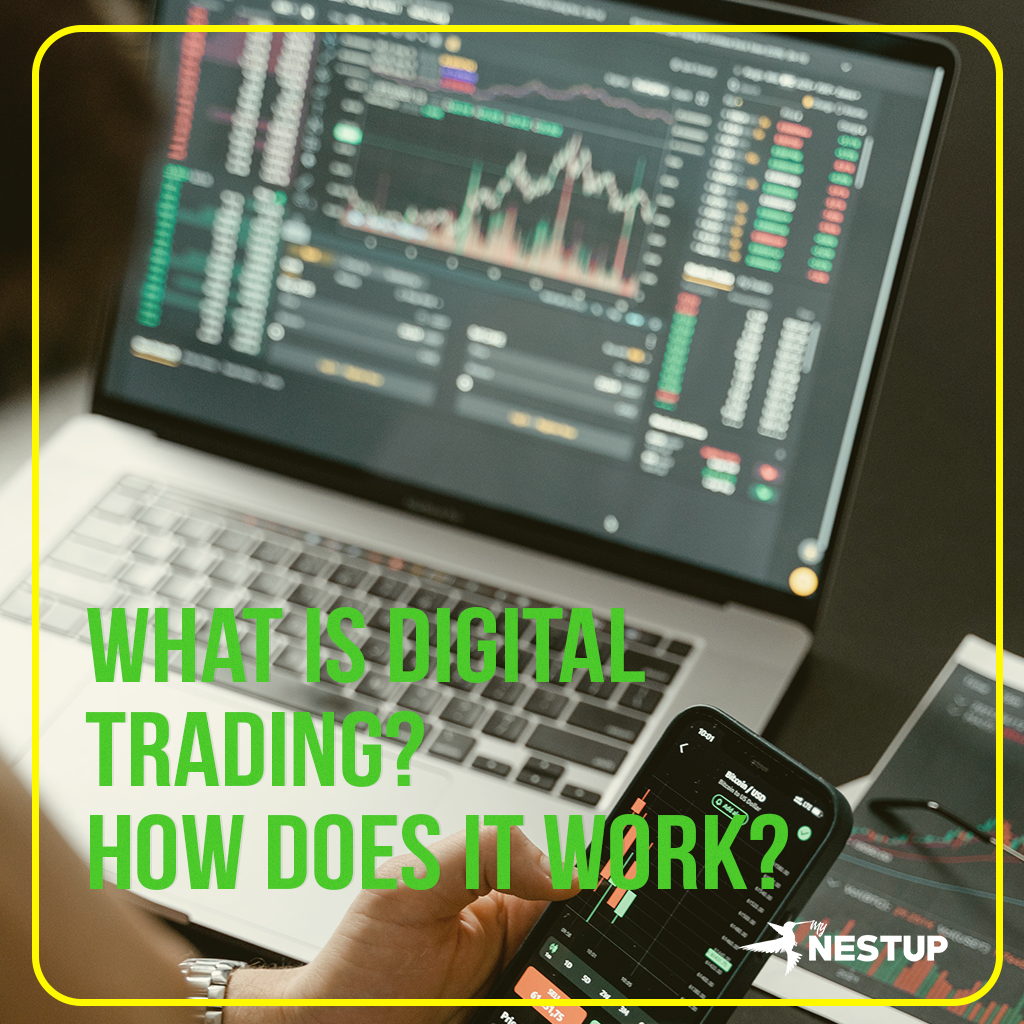Digital trading involves the use of technology to trade financial assets through electronic platforms. This form of trading has become increasingly popular in recent years due to its accessibility, convenience, and potential for high returns.
If you’re interested in getting started with digital trading,
A digital trading detailed guide is here to help you:
- Research and educate yourself: Before you start trading, it is important to familiarize yourself with the financial markets and different types of assets that are traded online. You can read books, and articles, and take online courses to gain a deeper understanding of digital trading and the stock market.
- Choose a brokerage firm: There are many digital brokerages that offer online trading platforms. It is important to choose a reputable and trustworthy broker to ensure the security of your funds. Research and compare different brokerage firms, their fees, and services to find one that fits your needs.
- Open a trading account: Once you have chosen a broker, you will need to open a trading account. This usually involves providing personal information, including your name, address, and employment details. You may also need to provide financial information to verify your identity and to fund your trading account.
- Fund your account: Once your trading account is open, you can fund it using a credit card, bank transfer, or other payment methods offered by the brokerage firm. It is important to choose an amount that you are comfortable losing in case your trades are not successful
- Choose your assets: There are many different assets that can be traded online, including stocks, bonds, currencies, commodities, and cryptocurrency. Choose the assets that you would like to trade based on your investment goals, risk tolerance, and market knowledge.
- Place your trade: Once you have chosen your assets, you can place a trade through your brokerage’s online platform. You will need to specify the type of trade you would like to make (buy or sell), the amount you would like to invest, and the price at which you would like to execute the trade.
- Monitor your trades: After you have placed your trade, it is important to monitor it regularly to ensure that it is performing as you expected. You can use your brokerage’s online platform to view the performance of your trades and to make adjustments if necessary.
- Manage your risks: Digital trading involves some level of risk, and it is important to have a plan in place to manage these risks. This could involve setting stop-loss orders, diversifying your portfolio, or using other risk management strategies.
In conclusion, digital trading is a convenient and accessible way to trade financial assets online. However, it is important to approach it with caution and to take the time to educate yourself and build a solid trading plan before getting started.







